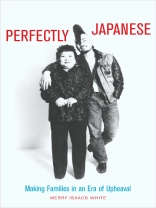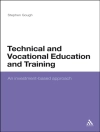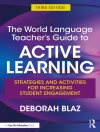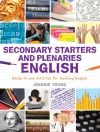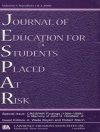Are Japanese families in crisis? In this dynamic and substantive study, Merry Isaacs White looks back at two key moments of "family making" in the past hundred years—the Meiji era and postwar period—to see how models for the Japanese family have been constructed. The models had little to do with families of their eras and even less to do with families today, she finds. She vividly portrays the everyday reality of a range of families: young married couples who experience fleeting togetherness until the first child is born; a family separated by job shifts; a family with a grandmother as babysitter; a marriage without children.
สารบัญ
List of Figures
Acknowledgments
Introduction
PART ONE: MAKING FAMILY—A NATION BEGINS AT HOME
1. Why Families Are a National Security Issue
2. Family Under Construction: One Hundred Years at Home
3. Families in Postwar Japan: Democracy and Reconstruction
PART TWO: CONTAINING ELEMENTS
4. Elemental Families: Starting with Children
5. Life Choices for Men and Women: The Bounded Realities of Reproduction
6. Twenty-First-Century Blues: Aging in Families
PART THREE: CONSUMING AS SURVIVAL
7. Marketing the Bite-Size Family: Consuming Images, Supporting Realities
Conclusion: Exceptions Are the Rule—Families as Exemplars of Diversity
Notes
Bibliography
Index
เกี่ยวกับผู้แต่ง
Merry Isaacs White is Professor of Anthropology at Boston University. She is the author of The Japanese Educational Challenge: A Commitment to Children (1987), The Japanese Overseas: Can They Go Home Again? (1986), and The Material Child: Coming of Age in Japan and America (California, 1993) and coeditor of Comparing Cultures: Readings for Writers on Contemporary America and Japan (1996).
